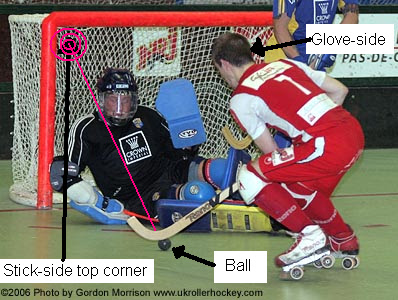Long time readers might remember Mad Skillz weeks. They’re an annual movable feast of reader generated goodness, and a great tool for me to pay attention to such trivial matters as exams and the like.
I know you might be reading this in a feed reader and about to move on – but don’t. Not yet. Sharing is caring. Do you care about kittens and babies and stuff? Yes. Great. Do you have something you’re skilled at that you wish other people were skilled at too? Yes. Great.
Also – if I know you read here from time to time, don’t be surprised if I email you asking for your help. Or hit you up on Facebook.
Mad skillz can be serious. They can be light hearted. They can be a professional trade secret, or a hobby that you’ve honed with years or hours, of practice.
If you have a mad skill… then…

It’s like show and tell. Only you’re sharing some sort of incredible, or obscure, talent or skill that you have, that you wish others had – or that is unique and interesting.
Previous years have included:
- How to win at Wii Dance from my friend Steven Tran.
- How to take photos in low light settings from my friend Andrew Finden
- How to play international roller hockey from my friend Kutz
- How to be in regional ministry from my friend Dave
- How to run a debate from my friends Arthur and Tamie
- How to plant a church in a new urban development from my friend Andrew
- How to write a mad skillz post from my sister, Maddie
- How to be poetic, from my friend Ali
- How to be a supply teacher, from my friend Simone
- How to do graphic design good from my friend Amy
- How to use Facebook well, from my sister Maddie
- How to make a toasted Mars Bar sandwich, from me
- How to choke someone unconscious, in 8 seconds, if required, from my online friend Craig
- How to write a Christian parody song from my friend Izaac
- How to argue with me, from my friend Dave
- How to appreciate opera, from my friend Andrew Finden (who is an opera singer)
- How to create an animation storyboard from my online friend Ben, who helps B1 and B2 come to life
Do you have a mad skill you want to share that isn’t covered in that eclectic mix?
Do you want to promote your blog, or something you’re up to, via this medium?
I’d love you to. Especially if it is interesting and truly a “mad skill” that I might want to learn. It’s easy.
Just send me a list, or a short post, or a long post, on how to do your mad skill. Pictures are fun too.














